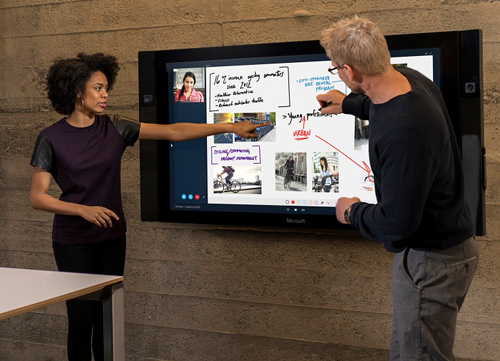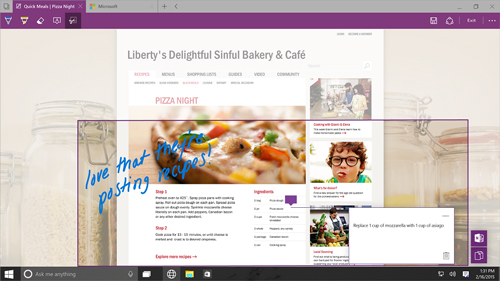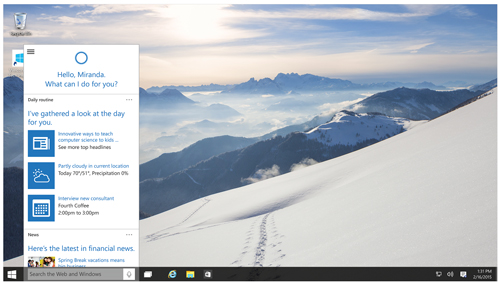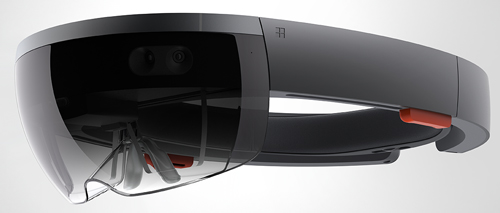10 Big Questions About Windows 10
We know way more now about Microsoft's plans for Windows 10 than we did before the big news conference this week -- the Project Spartan browser is real, Cortana is fully integrated, unified applications are a reality, some upgrades will be free, Windows will be updated as a service, holographic computing is coming, et cetera.
Check coverage by Kurt Mackie and Jeff Schwartz for a lot of the details. But as always, the more you know, the more questions you have. Here are 10 of the biggest questions raised by the Windows 10 media event in Redmond:
1. What is the pricing situation for business?
Providing free upgrades to Windows 10 is a huge move. For Windows 7, Windows 8.1 and Windows Phone 8.1 customers to be able to migrate at no cost will make users happy. It should also light a rocket under Windows 10's usage share, and get developers interested. But as Kurt reports, the fine print excludes business versions, such as Windows 7 Enterprise and Windows 8/8.1 Enterprise. Disentangling byzantine licensing agreements and requirements will be a complicated and ugly process.
2. Will the user experience be good enough for non-touch users?
The like/dislike boundary for Windows 8 was pretty sharp. People who had a touchscreen liked it. People with non-touchscreens found the OS hard to use. This, despite Microsoft repeatedly -- and I think either disingenuously or delusionally -- claiming that Windows 8 worked well without touch. Luring a bunch of non-touchscreen Windows 7 users to Windows 10 with the free upgrade could be a catastrophe if the non-touch experience isn't great.
3. What does it mean for Windows 10 to be the same for tablet and phone?
Windows Phone is sort of going away in favor of a single version that works on both small tablets and smartphones. It will be interesting to see how that works in terms of the app store, phone functions and backward compatibility with old apps.
4. What will the Surface Hub cost?
Microsoft demonstrated a gigantic touchscreen/virtual conferencing/whiteboard/collaboration flatscreen device called the Surface Hub. At 84 inches and with 4K technology, the main question is, "Is this four figures or five figures?"
 The Surface Hub. (Source: Microsoft.)
The Surface Hub. (Source: Microsoft.)
5. How good is Project Spartan?
The rumored new browser is real, and it will support inking for marking notes on Web pages that can be synched to OneDrive for sharing, will include a reading mode and is integrated with Cortana. It's unclear how much overlap there will be with Internet Explorer. Will this one be good enough to kill off IE, or will backward compatibility issues require users to keep both browsers around?
 [Click on image for larger view.]
The new Spartan Web browser for Windows 10. (Source: Microsoft.)
[Click on image for larger view.]
The new Spartan Web browser for Windows 10. (Source: Microsoft.)
6. How well will Cortana extend to the desktop?
Cortana is part of the Windows 10 desktop experience, occupying a little spot on the Taskbar that expands into a phone screen-sized window for some queries and a larger block for other queries. Cortana's performance as a personal assistant on the Windows Phone has been solid. The Desktop is a different animal, but my fingers are crossed.
 [Click on image for larger view.]
Cortana on the Windows 10 desktop. (Source: Microsoft.)
[Click on image for larger view.]
Cortana on the Windows 10 desktop. (Source: Microsoft.)
7. What are the details on the first-generation HoloLens?
The show-stopping surprise at the Windows 10 event Wednesday was the HoloLens goggles for holographic computing in Windows 10. Testers at the event said they were tethered with wires and needed external battery packs. We won't know until closer to the launch how comfortable or bulky the actual first-generation devices feel. Even more important is how Microsoft will price them.
 The HoloLens headset. (Source: Microsoft.)
The HoloLens headset. (Source: Microsoft.)
8. How will Microsoft integrate HoloLens with Minecraft?
Microsoft's big opportunity to create an early and enthusiastic market for HoloLens is in the Minecraft gamer community. See "How HoloLens Reframes Microsoft's Minecraft Buy and How It Matters to Businesses." A compelling version of Minecraft optimized for HoloLens will be a key early factor in the success or failure of the device.
9. What will the update process be?
Microsoft is aiming to turn Windows into a service with Windows 10. The idea will be to allow users to keep their devices current with the latest operating system through the life of a device. The details of how that process will work have yet to be explained even if Microsoft has worked them out completely, which I doubt.
10. Will Windows 10 ship in time for the holiday season?
Microsoft's Windows 10 OS is an ambitious project with many moving parts. If the company wants to make headway in the consumer market, where it has been slipping steadily, it will need to keep its development schedule on track and ship in time for OEMs to release devices for the holiday season. With Microsoft's deep pockets, it's hard to ever say that "this year is critical." But it sure feels like Microsoft has less runway than they used to.
Related:
Posted by Scott Bekker on January 23, 2015